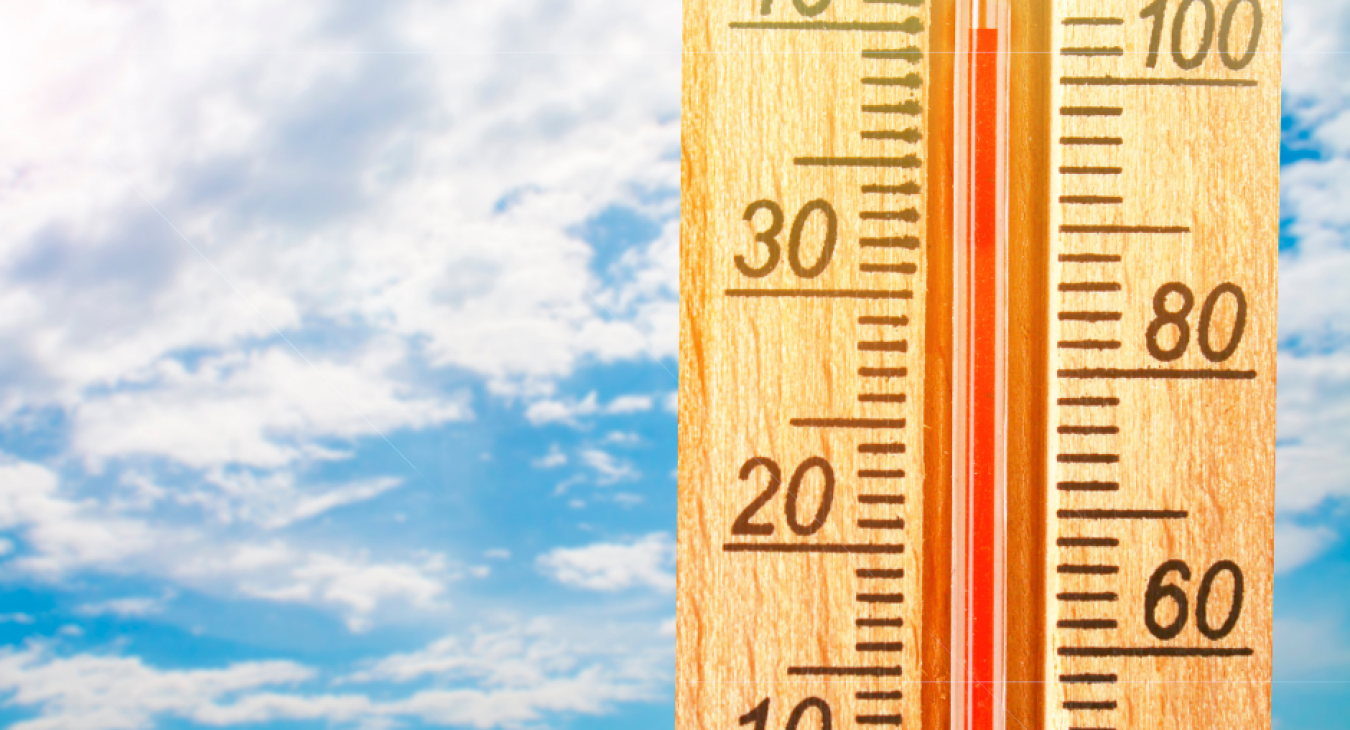It is often said that electricity is a silent killer. This is true because you cannot see, hear or smell electricity.
Intense summertime heat is also a silent killer. Unlike hurricanes, floods and tornadoes, the dangers of extreme weather strike without much notice. More than 700 people die from extreme heat each year in the United States, according to the Centers for Disease Control and Prevention (CDC).
Heat-related illnesses
Hot weather is associated with an increase in heat-related illnesses, including cardiovascular and respiratory complications, renal failure, electrolyte imbalance, kidney stones, negative impact on fetal health and preterm birth, according to the CDC. Death rates increase during and after heat waves, which is why the number of deaths is attributed to heat-related illnesses.
Heat-related deaths result from:
- Heat stroke and related conditions.
- Cardiovascular disease.
- Respiratory disease.
- Cerebrovascular disease.
Anyone can be at risk of the health effects of heat, but some are more vulnerable, according to the CDC. Those more vulnerable include:
- Pregnant women.
- People with heart or lung conditions.
- Young children.
- The elderly.
- Athletes.
- Outdoor workers.
Heat stroke
Heat stroke is the most serious heat-related illness, as it restricts the body’s ability to cool itself. Body temperature can reach 106 degrees or higher within 10 to 15 minutes, according to the CDC.
Heat stroke can cause permanent disability or death if emergency treatment is not initiated. Symptoms of heat stroke include confusion, altered mental status, slurred speech, hot/dry skin or profuse sweating, seizures, very high body temperature and coma.
If someone is experiencing heat stroke, act quickly to treat the person.
- Call 9-1-1.
- Stay with the person until help arrives.
- Move the person to a shaded, cool area.
- Remove outer clothing.
- Cool the person with water.
- Place cold cloths on the skin.
- Soak clothing in cool water.
- Concentrate on cooling the head, neck, armpits and groin.
- Circulate air around the person.
Heat exhaustion
This type of heat-related illness is the body’s response to an excessive loss of water and salt, usually due to excessive sweating. Heat exhaustion is most like to affect the elderly, people with high blood pressure and those who work outdoors.
Symptoms include headache, nausea, dizziness, weakness, irritability, thirst, heavy sweating, elevated body temperature and decreased urine output.
If someone is displaying symptoms of heat exhaustion, do the following:
- Take the person to a clinic or emergency room.
- Call 9-1-1 if medical care is unavailable.
- Stay with the person until he or she is evaluated.
- Remove the person from the heat.
- Give the person liquids to drink.
- Remove unnecessary clothing, including shoes and socks.
- Use cold compresses to cool the person’s body.
- If compresses are not available, splash cold water on the head, face and neck.
Other heat-related illnesses
Other illnesses related to heat stress include rhabdomyolysis, heat syncope (fainting or dizziness), heat cramps and heat rash. Rhabdomyolysis is a medical condition associated with heat stress and prolonged physical exertion. The condition causes the rapid breakdown, rupture and death of muscle. People who have this condition and experience symptoms (muscle cramps, weakness, dark urine) should seek immediate care at the nearest medical facility.
Severity scale
Heat stroke is the most serious, followed by heat exhaustion and heat syncope (both severe), and then heat cramps and heat rash (less severe).
If you suspect someone is experiencing heat stroke, act right away by calling 9-1-1. Heat exhaustion also requires medical evaluation and treatment. In both cases, cool the body as quickly as possible.

